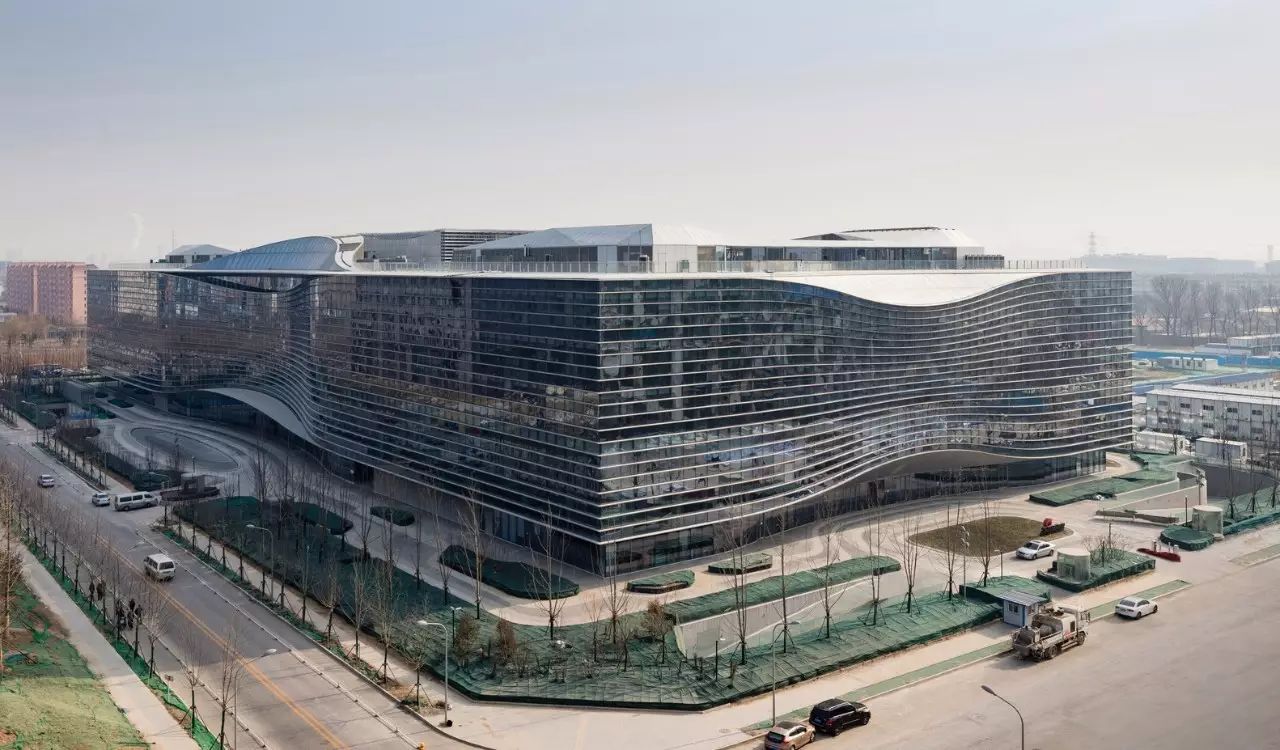济南前例腺治疗方法-【济南附一医院】,济南附一医院,济南阴囊水肿怎么办,济南早泄治疗哪家好,济南前列腺化验报告,济南降低阴茎的敏感度的办法,济南治了早泄的要,济南男性性功能减退治疗方法
济南前例腺治疗方法济南男性怎么才能勃起,济南睾丸有时为何会收缩,济南治包皮的价钱是多少,济南勃起不够硬为什么,济南出现了早泄如何治疗,济南前列腺液检查结果,济南几天治疗前列腺

From grinding gears to tightening brakes, working on bikes can be intimidating and emotionally deflating for some people.Nkenna Onwuzuruoha says she feels at one with the world while riding on two wheels. When it comes to actually fixing her bike, however, she’s a little less confident.To help learn the tools of the trade, Onwuzuruoha comes to the Salt Lake City Bicycle Collective on Wednesday evenings during WTF Night, a program offering a safe earning environment for women, transgenders and femmes. And the idea is to give those groups a safe place to work in.“Oh, I love it,” Onwuzuruoha says. “It’s a great place for women, trans, and femme folk to work and not feel intimidated or frustrated.”WTF night has been happening in Salt Lake City, Utah since 2002. Salt Lake City Bicycle Collective Workers say it’s now becoming a nationwide movement with more bike shops across the country hosting events geared towards helping these groups. “It lets women and those that have normally had a wrench torn out of their hand or have been degraded as, ‘Oh, I’ll do that for you,'--it really allows them to build confidence to be able to maintain their own bike,” says Kendra Davis, a Salt Lake City Bicycle Collective volunteer.Davis and her team say they are helping put the power back in the hands of people who may feel marginalized by men in bike shops. Attendees say what’s equally as important as gaining this hands-on education is learning how to be an ally of these groups.“We’re here together supporting each other in a way that is not normally seen I think,” says Maniessa Raza. “That’s why I choose to come specifically tonight rather than any other night.” 1681
Hong Kong descended into scenes of chaos Sunday night, after riot police fired tear gas and rubber bullets at protesters, and a mob armed with batons 162

General Motors is recalling more than 640,000 pickup trucks because the seat belts can set the carpeting on the floor of the vehicles on fire.A small explosion is used to move a piston that tightens the high-tech seat belts before a crash, 252
For the first time, astronomers have shown that telescopes could provide enough warning to allow people to move away from an asteroid strike on Earth.Astronomers at the University of Hawaii used the ATLAS and Pan-STARRS survey telescopes to detect a small asteroid before it entered Earth's atmosphere on the morning of June 22.The asteroid, named 2019 MO, was 13 feet in diameter and 310,685 miles from Earth. The ATLAS facility observed it four times over 30 minutes around midnight in Hawaii.Initially, the Scout impact analysis software at NASA's Jet Propulsion Laboratory deemed the potential impact as a 2. For reference, 0 is "unlikely" and 4 is "likely." Davide Farnocchia, navigation engineer at JPL, requested additional observations because he noticed a detection near Puerto Rico 12 hours later.The Pan-STARRS telescope was also operating and captured part of the sky where the asteroid could be seen.The additional images from the Pan-STARRS telescope helped researchers better determine the entry path for the asteroid, which bumped the Scout rating to 4.The calculation matched up, and weather radar in San Juan detected the asteroid as it burned up in our atmosphere. It entered the atmosphere over the ocean, 236 miles south of the city.ATLAS, which is two telescopes 100 miles apart on the Big Island and Maui, scans the entire sky every two nights for asteroids that could impact Earth. It can spot small asteroids half a day before they arrive at Earth and could point to larger asteroids days before. 2019 MO was small enough that it could burn up in the atmosphere.Although much of the knowledge of their capabilities and determinations about the asteroid were was worked out after the fact, astronomers believe that ATLAS and Pan-STARRS could help predict more in the future.Asteroid missionsKnowing the size and orbit of an asteroid is the main battle, as this enables prediction.In a few years, the 1936
First came a high fever, drenching sweats and muscle aches. Then, almost a month later, a weird numbness that spread down the right side of her body.Darlene Gildersleeve thought she had recovered from COVID-19. Doctors said she just needed rest. And for several days, no one suspected her worsening symptoms were related — until a May 4 video call, when her physician heard her slurred speech and consulted a specialist.“You’ve had two strokes,” a neurologist told her at the hospital. The Hopkinton, New Hampshire, mother of three is only 43.Blood clots that can cause strokes, heart attacks and dangerous blockages in the legs and lungs are increasingly being found in COVID-19 patients, including some children. Even tiny clots that can damage tissue throughout the body have been seen in hospitalized patients and in autopsies, confounding doctors’ understanding of what was once considered mainly a respiratory infection.“I have to be humble and say I don’t know what’s going on there, but boy we need to find that out because unless you know what the pathogenic (disease-causing) mechanism is, it’s going to be tough to do intervention,” Dr. Anthony Fauci, the nation’s top infectious disease expert, remarked during a medical journal interview last month.Doctors and scientists at dozens of hospitals and universities around the globe are seeking answers while trying to measure virus patients’ risks for clots and testing drugs to treat or prevent them.Gildersleeve said health authorities “need to put out an urgent warning about strokes” and coronavirus. Not knowing the possible link “made me doubt myself” when symptoms appeared, she said.Some conditions that make some COVID-19 patients vulnerable to severe complications, including obesity and diabetes, can increase clot risks. But many authorities believe how the virus attacks and the way the body responds both play a role.“COVID-19 is the most thrombotic (clot-producing) disease we’ve ever seen in our lifetime,” said Dr. Alex Spyropoulos, a clot specialist and professor at Feinstein Institutes for Medical Research in Manhasset, New York.Clotting has been seen in other coronavirus infections, including SARS, but on a much smaller scale, he said.Scientists believe the coronavirus enters the body through enzyme-receptors found throughout the body, including in cells lining the inside of blood vessels. Some theorize that it may promote clotting by somehow injuring those vessels as it spreads. That injury may cause a severe immune response as the body tries to fight the infection, resulting in inflammation that may also damage vessels and promote clotting, said Dr. Valentin Fuster, director of Mount Sinai Heart hospital in New York.It’s unclear how many COVID-19 patients develop clots. Studies from China, Europe and the United States suggest rates ranging from 3% to 70% of hospitalized COVID-19 patients; more rigorous research is needed to determine the true prevalence, the National Institutes of Health says.Prevalence in patients with mild disease is unknown and the agency says there isn’t enough evidence to recommend routine clot screening for all virus patients without clotting symptoms, which may include swelling, pain or reddish discoloring in an arm or leg.Some hospitals have found 40% of deaths in COVID-19 patients are from blood clots. Spyropoulos said that’s been true at his 23-hospital system in the New York City area, Northwell Health, which has treated over 11,000 COVID-19 patients.Cases there have dropped by almost half in the past month, allowing more time for research before an expected second and maybe third wave of infections, he said, adding: “We’re racing against time to answer the key clinical questions.”Patients hospitalized with any severe illness face increased risks for clots, partly from being bedridden and inactive. They commonly receive blood-thinning drugs for prevention. Some doctors are trying higher-than-usual doses for prevention in hospitalized coronavirus patients.A few have used powerful clot-busting medicines typically used to treat strokes, with mixed results. In guidance issued May 12, the NIH said more research is needed to show whether that approach has any benefits.Fuster was involved in preliminary research on nearly 2,800 COVID-19 patients at five hospitals in the Mount Sinai system. A look at their outcomes suggests slightly better survival chances for virus patients on ventilators who received blood thinners than among those who didn’t. Although the results are not conclusive, all COVID-19 patients at Mount Sinai receive blood thinners for clot prevention unless they are at risk for bleeding, a potential side effect, Fuster said.Some COVID-19 patients, like Gildersleeve, develop dangerous clots when their infections seem to have subsided, Spyropoulos said. Patients treated at Northwell for severe disease are sent home with a once-a-day blood thinner and a soon to be published study will detail their experiences. Spyropoulos has been a paid consultant to Janssen Pharmaceuticals, makers of Xarelto, the drug’s brand name.In addition, Northwell is taking part in a multi-center study that will test using blood thinners for clot prevention in COVID-19 patients not sick enough to require hospitalization.In a small study published May 15, University of Colorado doctors found that combined scores on two tests measuring clotting markers in the blood can help determine which patients will develop large dangerous clots. One test measures a protein fragment called D-dimer, a remnant of dissolved clots. High levels sometimes indicate dangerous clots that form deep in leg veins and travel to the lungs or other organs.Dr. Behnood Bikdeli of Columbia University’s Irving Medical Center, said D-dimer levels in many of his COVID-19 patients have been alarmingly high, as much as 50 times higher than normal.Concerns about blood clots in COVID-19 patients prompted a recent 30-page consensus statement from an international group of physicians and researchers. Bikdeli is the lead author.It says that testing to find clots that require treatment includes X-rays or ultrasound exams, but poses a risk for health care workers because the virus is so contagious. Bikdeli said he fears when protective gear was more scarce, some dangerous clots were undiagnosed and untreated.Social distancing may make people more sedentary and more vulnerable to clots, particularly older adults, so doctors should encourage activity or exercises that can be done in the home as a preventive measure, the statement says.Warnell Vega got that advice after collapsing at home April 19 from a large clot blocking a lung artery. Doctors at Mount Sinai Morningside think it was coronavirus-related. Vega, 33, a lunch maker for New York City school children, spent a week in intensive care on oxygen and blood thinners, which he’s been told to continue taking for three months.“I just have to watch out for any bleeding, and have to be careful not to cut myself,” Vega said.Gildersleeve, the New Hampshire stroke patient, was also sent home with a blood thinner. She gets physical therapy to improve strength and balance. She still has some numbness and vision problems that mean driving is out, for now.Doctors are unable to predict when or whether she’ll regain all her abilities.”I’m trying to remain positive about recovering,” she said. ’’I just have to be patient and listen to my body and not push too hard.”___Follow AP Medical Writer Lindsey Tanner at @LindseyTanner.___The Associated Press Health and Science Department receives support from the Howard Hughes Medical Institute’ 7639